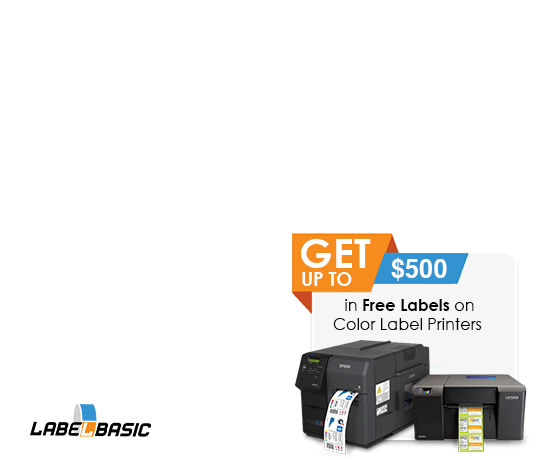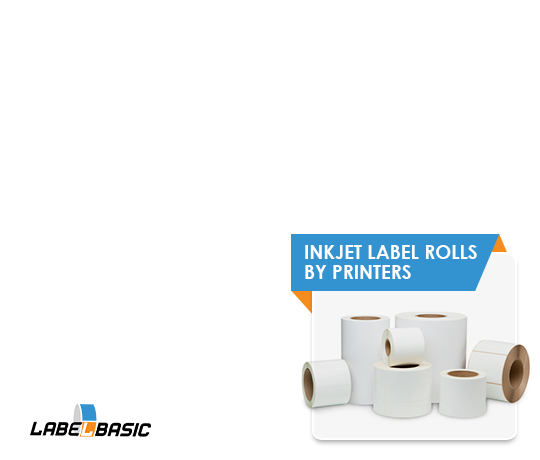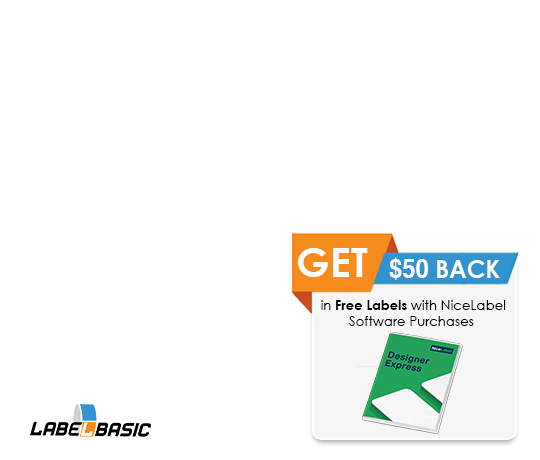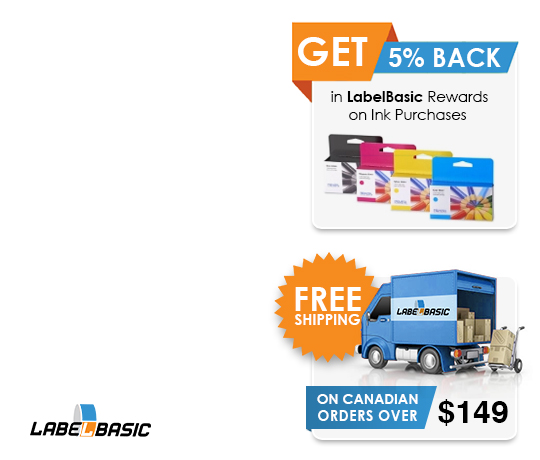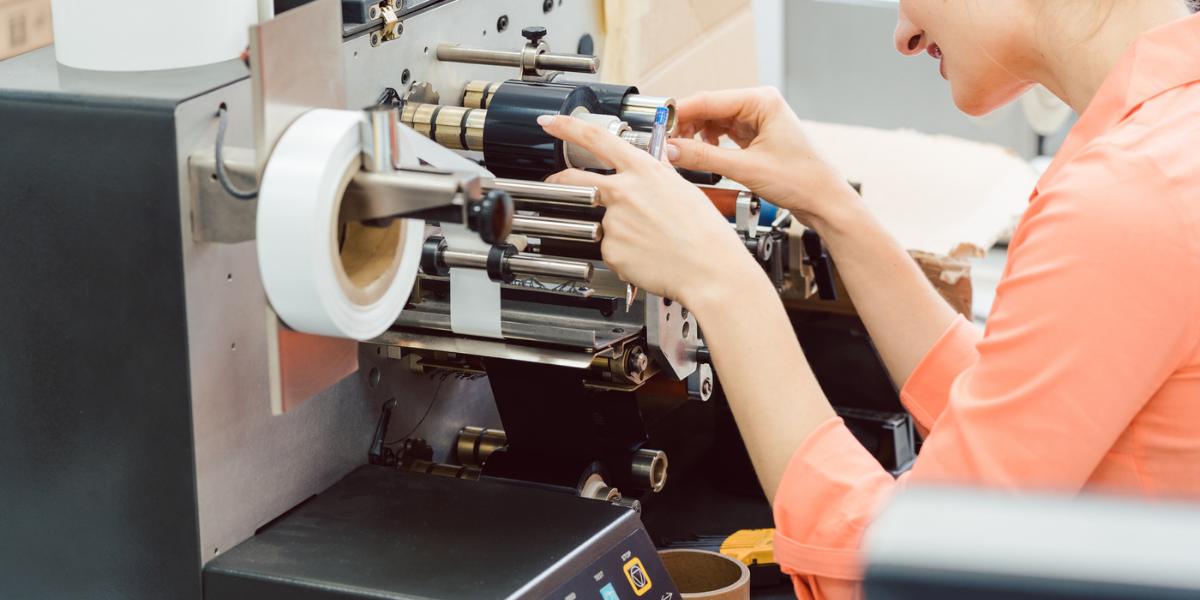Inkjet vs Thermal Printing
Inkjet and thermal printing are two of the most common label printing options. Both of them provide unique benefits and can generate incredible value for businesses. While they have slightly different uses, The difference between the two is not so much the use. But more so the printing process and the supplies needed.
Inkjet Printing
Inkjet printing uses ink to print text and images onto paper or labels. Inkjet printers have nozzles that will spray tiny dots of ink with incredible precision to form the desired image.
Inkjet printers are the most affordable and accessible type of printer. As a result, most home offices will have an inkjet printer. Getting supplies is easy and affordable and an inkjet printer cost less than a thermal one. Additionally, they can print very high-quality images.
The two main drawbacks of inkjet printing are that the printers are not very mobile, and they print slower than thermal printers. Also, inkjet printers leave a large carbon footprint as there is a lot of waste involved with them.
Last but not least, while their print quality is good, there is a chance that ink may smudge after being printed. This can lead to a lower quality lasting print.
Thermal Printing
Thermal printing works differently than inkjet printing. Instead of spraying tiny ink droplets, a thermal printer uses heat to activate or transfer ink pigments onto a surface. This process will depend on if you get a direct thermal printer or a thermal transfer printer. Since thermal printing works faster than an inkjet printer, it is commonly seen used for receipts.
Direct thermal printers do not require ribbons or ink. Instead, they require a special kind of paper. This paper has a chemical that is activated by heat and will then display your image exactly as printed.
Thermal transfer printers are a little more similar to an inkjet printer. They use a thermal ribbon to transfer ink onto a label. These ribbons are usually made from wax, resin, or a combination of the two.
The benefits of thermal printing are that it can be a lot more mobile and versatile. The printing process can be used for anything from receipts to shipping labels to photographs. Additionally, you won’t have to deal with messy ink cartridge swaps or clogged printing nozzles. And last but not least, thermal printers print at a much faster speed.
The drawbacks of thermal printing are seen in the cost. These specific labels and ribbons are significantly more expensive than ink cartridges. Moreover, you may not be able to find them as easily as you would find ink cartridges.
Both thermal printing and inkjet printing are viable solutions for a business. Which one is best for your business will depend on a few questions. Are you intending to print large orders? Are you looking for an easy setup? What do you intend to print? And so forth.
If you need any assistance with any of these, feel free to contact our customer support squad. We work tirelessly to help businesses improve their printing process and get the printer they need.
